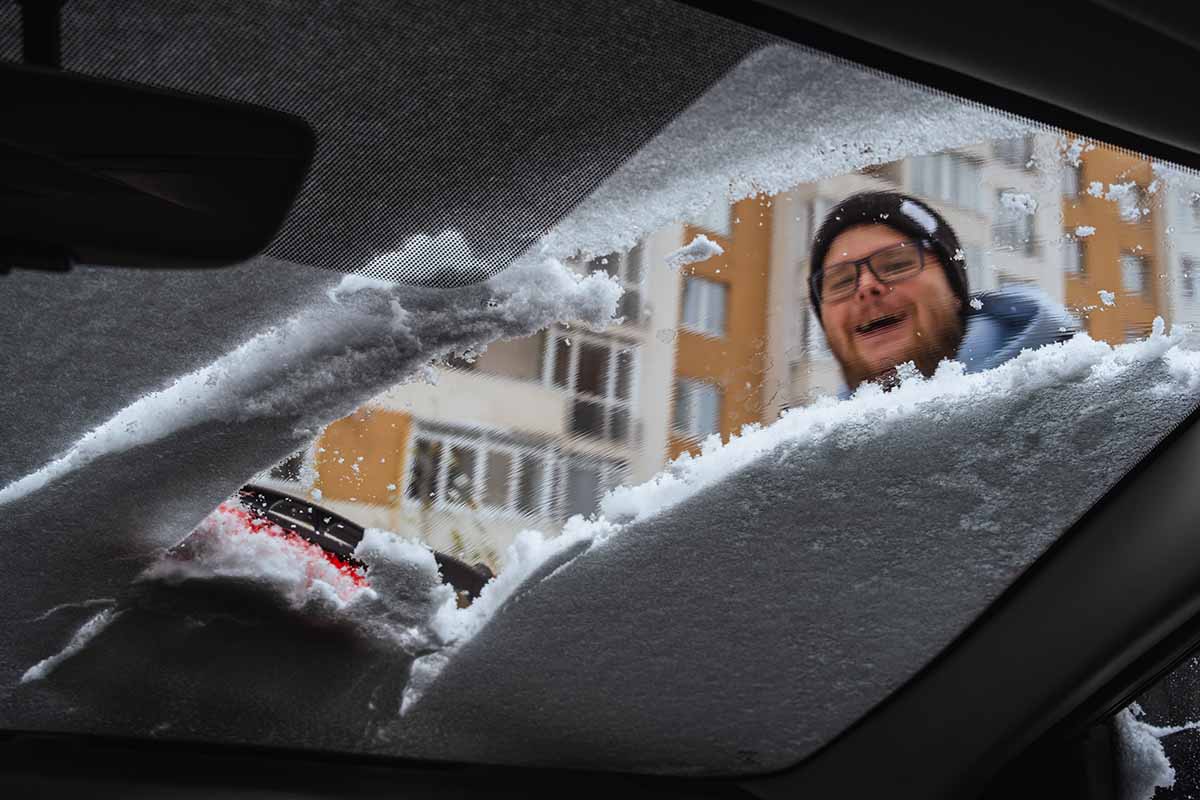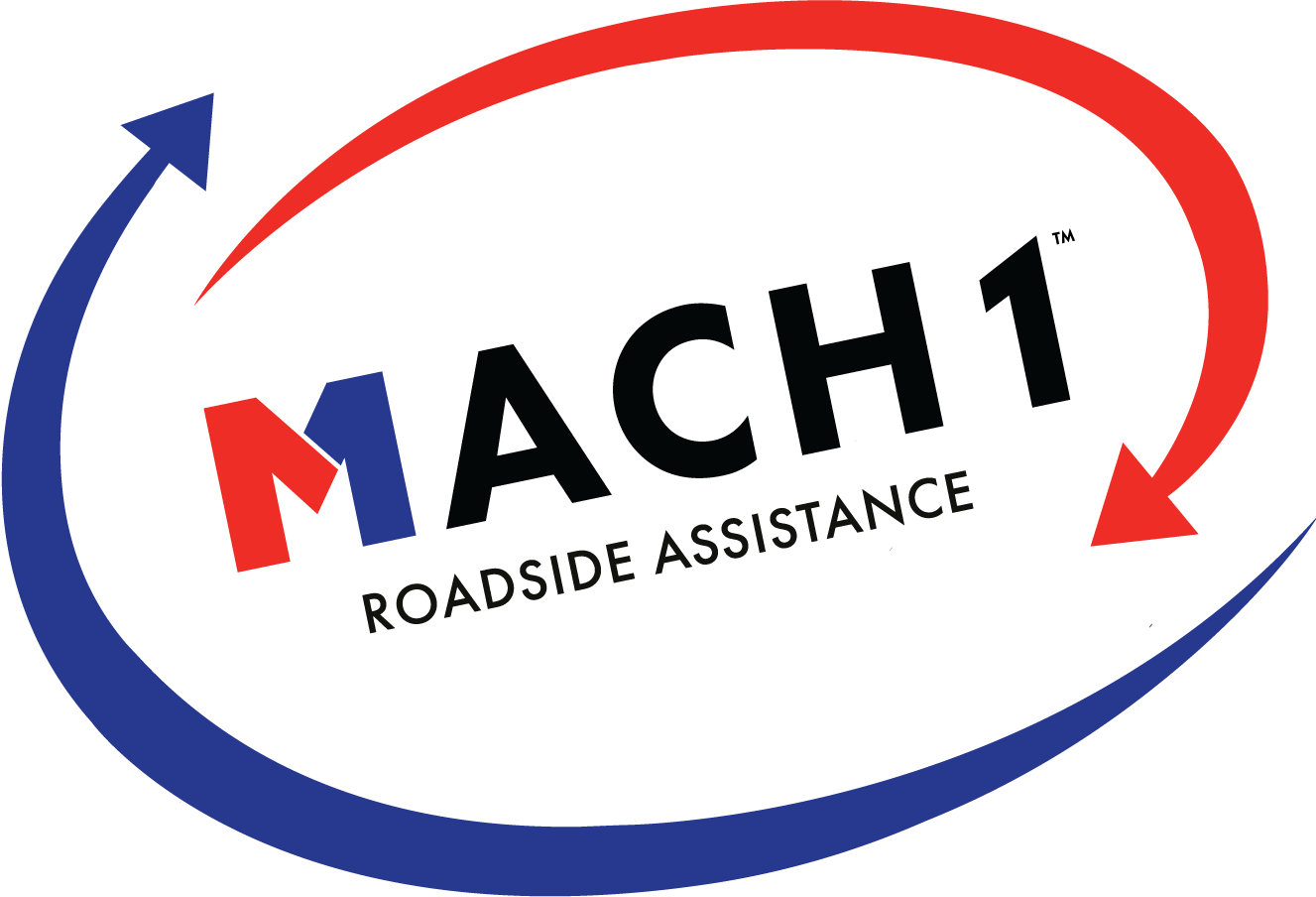
09 Oct Preparing Your Vehicle for the Winter Months
Winter is notorious for being tough on vehicles. From the bone-chilling temperatures to icy roads, the season can take a toll on your car, affecting its performance and safety. However, with the right preparation, you can ensure that your vehicle is ready to face the winter challenges. This guide walks you through the steps you should take to prepare your car for the colder months.
Understanding Winter’s Impact on Vehicles: The Basics
Before delving into specific actions, it’s crucial to understand how exactly winter affects your vehicle. The cold weather can make your engine work harder due to the thickening of oil, reduced battery capacity, and dense air. Ice and snow accumulation on roads increases the chances of skidding and reduces the tire grip. Rust and corrosion are also common issues as road salts interact with the vehicle’s metal parts. Simply put, winter presents a unique set of challenges that your car doesn’t face during warmer months.
Inspecting and Maintaining Key Vehicle Components:
Routine inspections become even more crucial during winter. Firstly, check your brakes. Icy roads and reduced tire grip mean you’ll rely on your brakes more than usual. Ensure they’re responsive and in good condition.
The cooling system is another critical area. Ensure the radiator is in good shape, and the coolant mixture is adequate to prevent freezing.
Lastly, check the belts and hoses. Cold temperatures can weaken these components, making them more prone to breaks or leaks.
Choosing the Right Winter Tires: Why Tread and Grip Matter
Your tires are your primary point of contact with the road. As such, they play a crucial role in your vehicle’s stability and traction. Winter tires are specifically designed to handle cold temperatures and icy conditions. Their softer rubber compound remains flexible in the cold, allowing for better grip. The deep treads help in displacing snow, reducing the chances of snow build-up. When choosing winter tires, look for the “Three-Peak Mountain Snowflake” symbol, which indicates they’ve been tested and certified for severe snow conditions.
Battery Health Check: Ensuring Start-Up in Cold Temperatures
A vehicle’s battery can lose power due to cold temperatures. The reduced capacity combined with the increased effort required to start a cold engine can lead to issues. To avoid getting stranded, test your battery before winter starts. If it’s near the end of its lifespan, consider replacing it. Also, always ensure the terminals are clean and corrosion-free.
Fluids and Lubricants: The Importance of Winter-Grade Selections
In colder temperatures, fluids and lubricants can thicken, impacting their efficiency. Ensure you use winter-grade oil, which remains more fluid in low temperatures, providing better lubrication for the engine.
Check your vehicle’s antifreeze mixture to ensure it’s capable of withstanding the winter temperatures in your area. A 50/50 mix of water and antifreeze generally provides protection against freezing.
Also, remember to use winter-grade windshield wiper fluid that doesn’t freeze and can effectively clear away ice and snow.
Visibility Factors: Wiper Blades, Defrosters, and Clean Headlights
Seeing and being seen is paramount in winter. Replace worn-out wiper blades with winter-specific ones designed to combat heavy snowfall. Ensure your defrosters work properly to clear away frost on the windshield and rear window.
Clean and check your headlights, taillights, and brake lights. Consider applying a protective film to prevent the cloudy, frosted appearance that can reduce light output.
Emergency Preparedness: Crafting a Winter-Specific Car Kit
No matter how well you prepare your vehicle, winter can still be unpredictable. It’s wise to have an emergency kit tailored for winter conditions. This kit should include:
- A flashlight with extra batteries
- Warm blankets or sleeping bags
- Non-perishable food and water
- A first-aid kit
- Jumper cables
- A small shovel and a bag of sand or cat litter for traction
- Extra clothing items like gloves, hats, and socks
- A fully charged cell phone or a portable charger
In conclusion, winterizing your vehicle is an essential step in ensuring both your safety and that of other road users. With the right preparation, you can confidently drive, knowing your car is equipped to handle the season’s challenges. Safe travels and always prioritize your safety!
